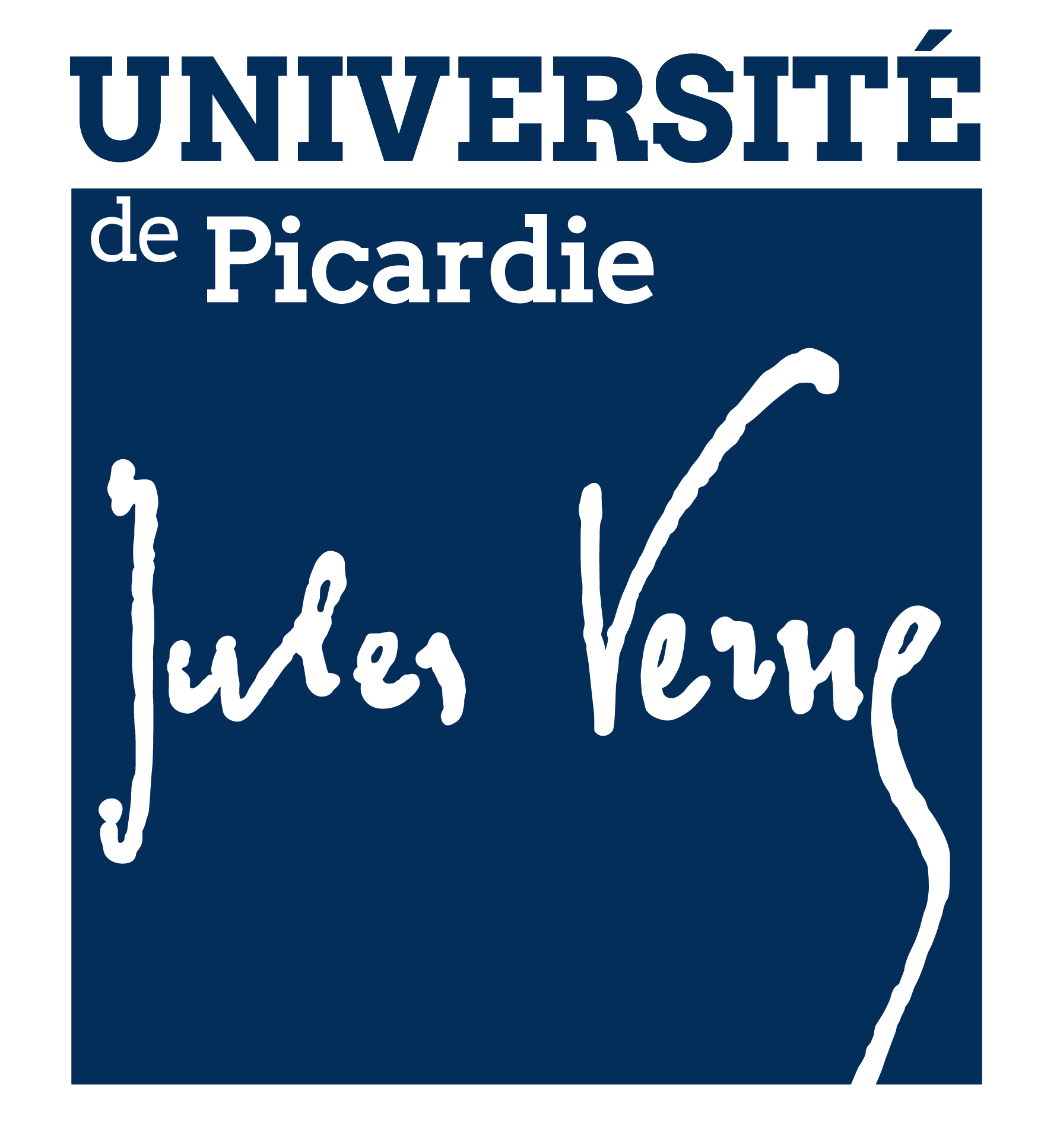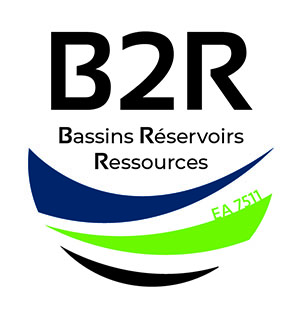Determination of a normal orogenic palaeo-geothermal gradient with clay mineral and organic matter indices: a review
Résumé
Abstract A collection of large data sets from different orogenic belts was compiled for a correlation between organic matter (OM) versus clay mineral (CM) indices calibrated with the vitrinite reflectance, (VR) vs Kübler-Indices (KI) method. Data selection was based on a normal geothermal gradient (25 to 35 °C/km) as determined in previous studies, e.g. by maturity modelling and clay mineral reaction progress calculations. In the Lower Austroalpine (Eastern Switzerland, European Alps) a 20 myr lasting metamorphic overprint caused an OM–CM thermal equilibrium among the indices used. The observed correlation enables to determine gradual changes in metamorphic factors such as pressure, temperature and time causing sensitive shifts of the gradient slope in the range of normal gradients. For New Caledonia, an identical correlation has been determined. Prior to re-equilibration of the VR/KI indices, sediments in New Caledonia of diagenetic to incipient metamorphic grade underwent a high-pressure subduction event. VR/KI indices are in or close to equilibrium, while slight differences in OM vs CM indices allow for a better understanding of polyphase conditions, especially with respect to pressure. Temperature estimations are identical despite of their poly-phase metamorphic history, which was mainly controlled by the last orogenic thermal event lasting > 5 to < 10 myr. In the eastern Helvetic Alps and Northern Calcareous Alps similar correlations were found with slightly different slopes. Comparison between different regions is possible when using KI standardization and same data discrimination. In both parts of the Alps a complex thermal history of short durations (< 5.0 myr for the Northern Calcareous Alps to 10 myr for the Helvetic Alps) caused similar VR/KI trends, but disequilibrium is suggested by weaker regression parameters. The following correlation is calculated for a moderate geotherm (55 to 74 mWm 2 , mean = 61 mWm 2 ) and normal temperature gradient conditions (25 to 35 °Ckm −1 ): KI = 1.134e −0.305VR , (R 2 = 0.880, n = 462) with VR given as %R max , KI as Δ°2θ (limited to values between 0.2 to 1.0 Δ°2θ). With increasing depth (z) a VR gradient of 1.4 ± 0.2%R max km −1 is determined and a KI gradient of 0.09 ± 0.002 Δ°2θ km −1 is observed. The study illustrates that a normal geotherm can be described by VR/KI correlation, even if different heating episodes may occur. For the detection of a poly-phase or plurifacial thermal history, several indices of clay minerals and organic matter with very different kinetics should be used, as e.g. demonstrated by strong differences in smectite content at equal VR/KI values versus structural depth. A specific interest is given to the correlation of vitrinite like solid bitumen reflectance as an alternative method to VR, the persistent preservation of liptinite macerals and the stability range of clay minerals and sub-greenschist facies critical minerals compared with VR/KI data. Until now, despite the Alps in this study, systematic liptinite maceral studies have not been published in other orogenic settings.
| Origine | Fichiers éditeurs autorisés sur une archive ouverte |
|---|

